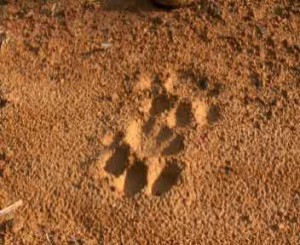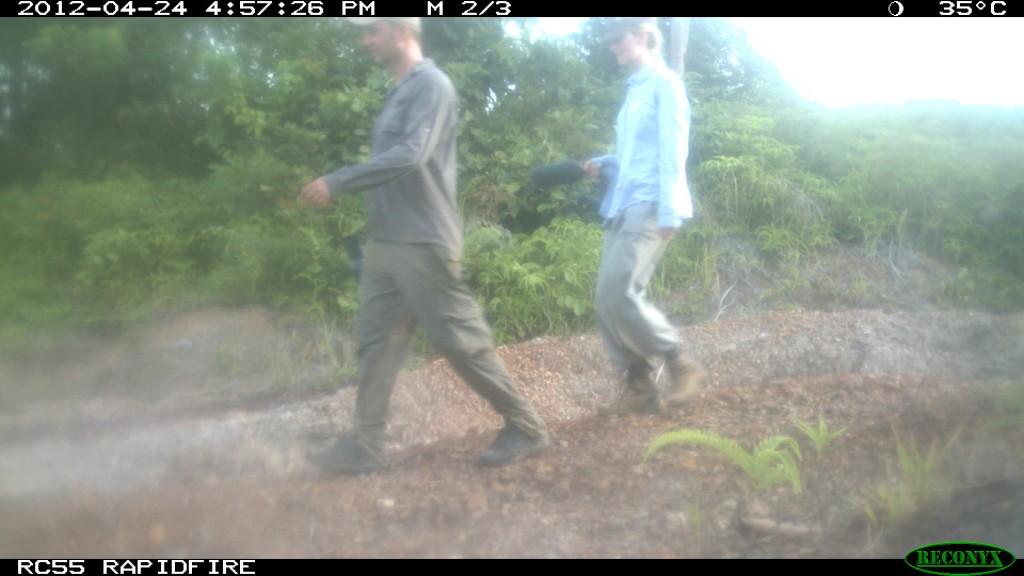A tricky question
Authors: Kerstin Schnatz and Philipp Bilsky, Camera-Operatpr: Philipp Bilsky
What if there was only one thing the world could do to stop climate change? Or at least to slow it down? What would be the most important step to take? How would you decide? That’s what we asked visitors at the Rio+20 Earth Summit, the United Nations Conference on Sustainable Development in Rio de Janeiro. Apparently a tricky question to answer.
„I am a realist“
In a couple of days the high level meetings at the Rio+20 conference, the United Nations Conference on Sustainable Development, are going to start. What can be expected from these debates? What could be the outcome of Rio+20? We asked Barbara Unmüßig, head of the German Heinrich Böll Foundation. She took part in the first „Earth Summit“ in Rio de Janeiro in 1992 and has been following the international debates closely ever since. According to her it’s best to „be a realist“ – and not to expect too much.
Rio’s romance with renewable resources
Author and pictures: Kerstin Schnatz
Cups made from corn or electricity from sugar cane: Rio is eager these days to show that it can be environmentally friendly. The city is hosting the United Nations conference on Sustainable Development – better known as Rio+20. While the official part is only starting on Wednesday (June 20) the congress venue is already open for preparatory meetings and non-governmental events.
The Brazilian government is trying to make a point, it seems, of just how much it values the use of renewable resources such as corn or sugarcane. Indeed, Brazil is well known as a biofuel-country: The standard blend cars run on consists of up to 25 percent of biofuel for example. Even the Brazilian airline that flew us in bragged about its green commitment in the inflight magazine. The carrier plans to operate a domestic flight on biofuel especially for Rio+20.
Whilst renewable resources may emit less CO2 than fossil fuels, depending on how they are processed and transported, they can of course also create a lot of problems – monocultures, conflict between food and fuel production or soil degradation to name just a few.
How animation films arouse attention for climate protection
THE HEAT from Aufgeheizt on Vimeo.
Project Aufgeheizt (“heated-up”) brought together scientists and animation film experts with around 30 young people in Berlin aged 12 – 18 to make short films explaining the impacts of climate change. On 2nd June 2012, as part of the programme for “Der L ange Nacht der Wissenschaft” (The Long Night of Science) at Potsdam Institute for Climate Impact Research, seven films were premiered in a klimakino (“climate -cinema”) and the following films were honoured in a prize giving ceremony:
- Geoengineering – overall best film
- “Aufgeheizt und weggespült” for the best/funniest storyline
- “Hilfe, Wasser!” for the most original set design
- “The Heat” – for the best special effects
- “Weniger Regen? Von wegen!” for the best character development
- “Eisschelf – De-iced” for die best dramatisation
- “Nordatlantische Strömungen” for the best cut and symbolic representation
Aufgeheizt is a pilot project funded by VW Stiftung to help scientists improve their communication about climate change with the general public. Organisations wishing to find out about future projects should contact Katie Griggs: k.griggs@aufgeheizt.org (EN or DE)
Face to face with the tiger
Dieter Hoffmann of Harapan Rainforest knows what a reporter likes to see. “Are you interested in some fresh footprints or photos of a Sumatran tiger,” he asked. Of course I am! Harapan Rainforest has installed a few camera traps in the forest. Sometimes monkeys are fooling around with cameras, because they have learned that there’s something behind the lens. But every now and then a Sumatran tiger crosses one of these cameras and sneeks a peek.
 We walked to one of those cameras. And yes, there were footprints. I hardly knew what to do with my emotions. The prints were fresh, Dieter said. There was a tiger right here, just a few hours ago. My first thought: “Brilliant!” I’m a reporter, I’m always looking for a stunning picture. But right after that first thought my instincts came in: “Are you crazy?!” I thought. What on earth am I doing here on the favorite path of a real Tiger? That’s dangerous! I don’t want to end up in a tiger’s stomach!
We walked to one of those cameras. And yes, there were footprints. I hardly knew what to do with my emotions. The prints were fresh, Dieter said. There was a tiger right here, just a few hours ago. My first thought: “Brilliant!” I’m a reporter, I’m always looking for a stunning picture. But right after that first thought my instincts came in: “Are you crazy?!” I thought. What on earth am I doing here on the favorite path of a real Tiger? That’s dangerous! I don’t want to end up in a tiger’s stomach!
But Axel, my camera-man, could hardly believe his luck and headed forward into the jungle as if looking for nothing but his pet dog.
To make a long story short: We didn’t meet a tiger and we are still not eaten by a tiger. But the photos of the camera trap revealed what really happend: At 9.40 in the morning a female Sumatran tiger passed the camera. We followed – in a safe distance – close to five a clock in the afternoon.











Feedback